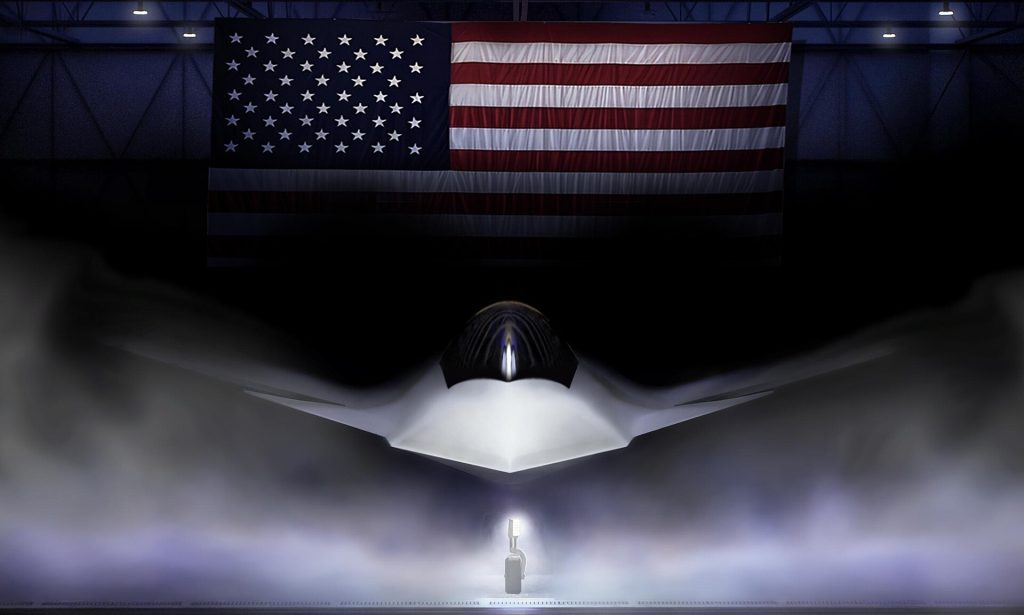USA Plans to Deploy F-47 Next Generation by End of Decade

The U.S. Air Force recently announced that it will continue manufacturing the F-47 Next Generation Air Dominance (NGAD) fighter, marking another milestone in aerospace technology and military strategy. Expected to enter service by the end of the decade, the F-47 will replace the F-22 Raptor as America’s air superiority platform, promising to reshape the landscape of aerial combat.
The announcement also ends months of speculation about the fate of the F-47 project. Past time, there had been concerns whether the fighter would be approved as part of the administration’s goal of strengthening the US military or canceled amid the government’s drastically cutting federal spending.
The approval of the F-47 project, culminating in a significant US$19.6 billion engineering and manufacturing development (EMD) contract, suggests that the initiative has overcome potential budgetary constraints, fueled, in part, by the perceived need for a strengthened military.
One of the main reasons may come from the project’s stage of development. Conceived in 2016, the Air Force and DARPA have been secretly conducting flight tests of the NGAD prototype for the past five years, thereby making it already at an extremely advanced stage.
The most noteworthy aspect of this announcement is the EMD contract was awarded to Boeing instead of rival Lockheed Martin, the builder of the F-22 Raptor and the F-35 Lightning II.
While Lockheed Martin, the established leader in stealth fighter development, remains a significant force in the industry, Boeing’s selection reflects a potential shift in the balance of power.
Looking back at the past, when Lockheed won the F-35 competition in 2001, it sent shock waves through the industry as Boeing was completely frozen out of the largest US defense contract in history.
However, the current challenges faced by Boeing, particularly in its civilian airliner and space sectors in addition to production problems. This suggests that Lockheed Martin may still play a crucial role in the F-47 program as a subcontractor along with other companies to mitigate production bottlenecks and ensure a more efficient procurement cycle.
Furthermore, this approach also can leverage the expertise of both industry giants.
The exact number of F-47s that will be ordered remains unrevealed, but the estimated cost per aircraft is expected to start out at $300 million per unit, though the Air Force is aiming to reduce costs closer to $100 million, similar to the F-35 Lightning II.

 Tech Steel & Materials
Tech Steel & Materials
Comments are closed